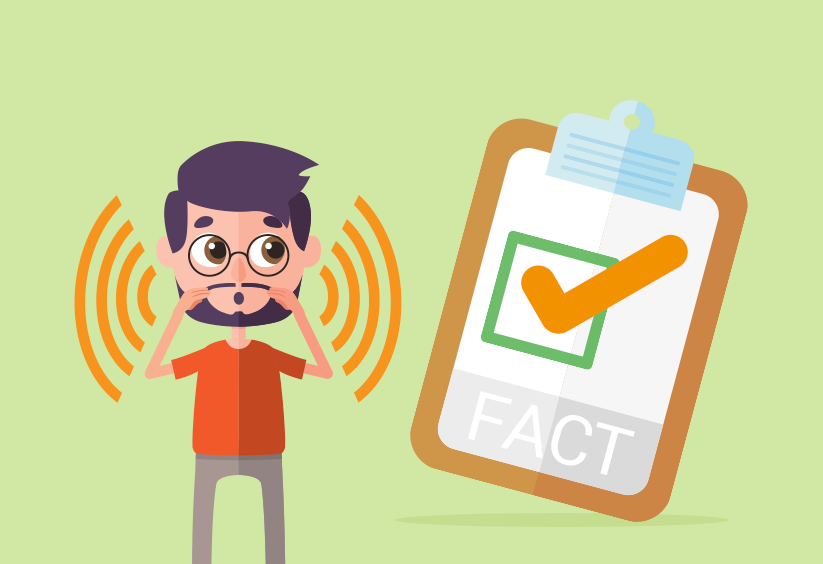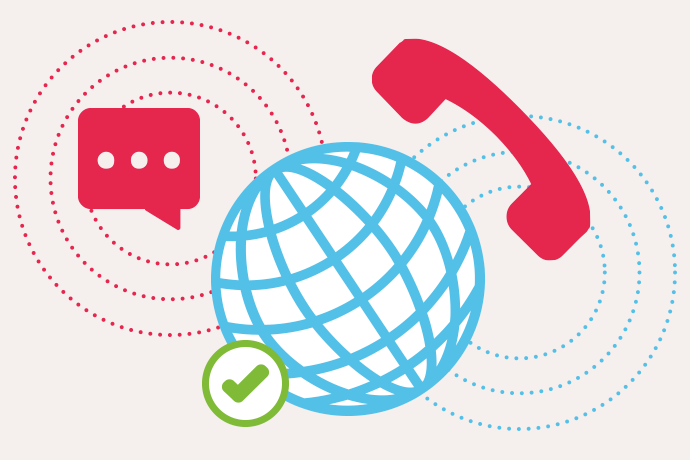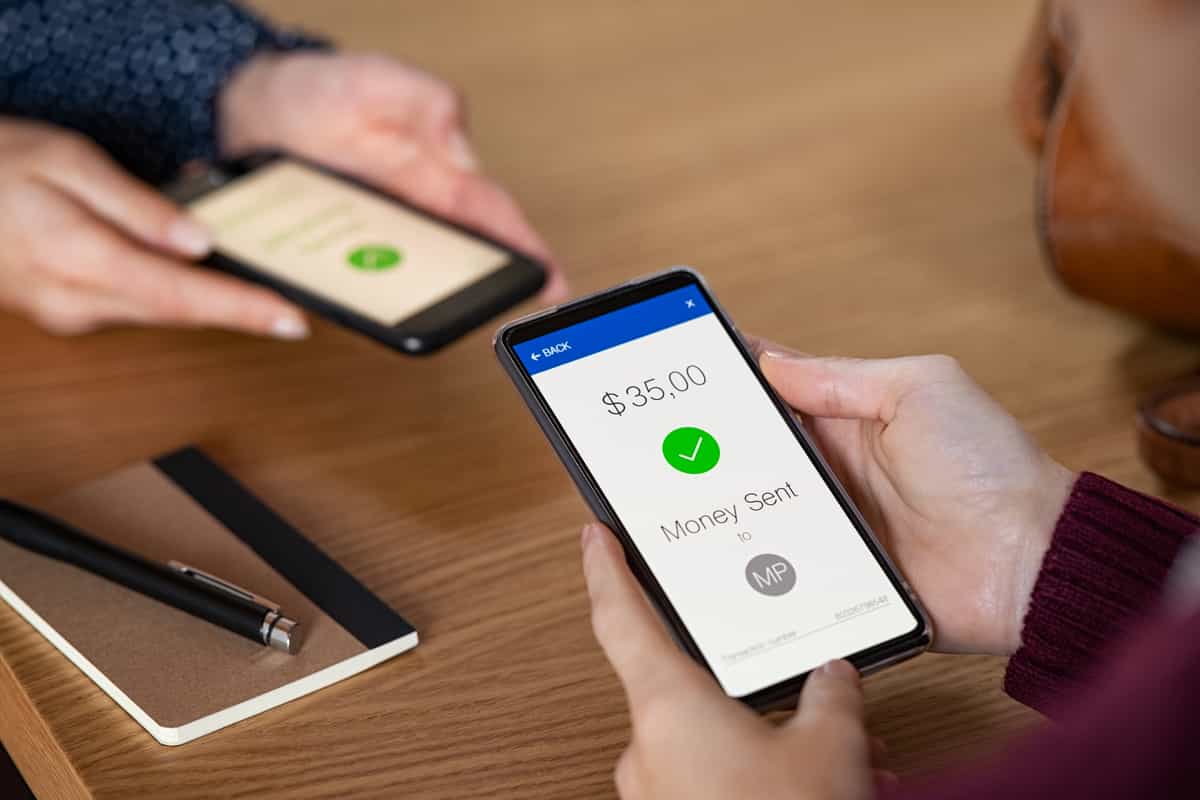Cart Total
$0.00
-
Your shopping cart is empty
Loading

Hello! Log in Your Account
New customer? Start here


|
5 min read
Contents
Quick Summary
You can't have VoIP, also known as Voice over IP, without a voice, so here are 10 fantastic facts you may not know about your voice.
Aside from the technology, one of the most important aspects of VoIP or Voice over Internet Protocol is precisely the first part: the voice! The majority of us use our vocal cords each day, either conversing with colleagues or over the phone. So in honour of this versatile instrument, here are 10 interesting facts about the voice (not the TV show).
The voice is typically made up of three parts. These are 1) the power source, which is the breath; 2) the vibratory source, which are the vocal folds, otherwise known as the vocal cords; and 3) amplification, which consists of various spaces in the throat, nose and mouth. The lungs produce airflow and air pressure which vibrates the vocal folds and is then amplified by the mouth, nose and throat.
Whispering can actually affect your voice in a negative way and can actually work the voice harder than speaking normally. Whispering is like talking without the vibration of the vocal folds which can put strain on the vocal cords and cause trauma to the larynx. It's far safer to use the call whisper function on your phone system!
The shape of a person's vocal tract is partly determined by genetics, but also partly by learning. So while you can't change the width of your pharynx, it is still possible to control the shape of the vocal tract. In this way, highly trained singers can alter the contours of their vocal tracts to change the sounds exiting their mouths.
An average conversational voice is around 60dB (decibels). This is where the speaker and listener are conversing three feet apart. A shout typically measures a peak of 75dB, with quiet speech is usually around the 35 - 40dB mark. To put this into context, rustling leaves measures 10dB and a loud radio will be around 80dB. Anything above 120dB will hit the pain threshold, although the loudest shout measured 129dB by Jill Drake in October 2000.
A typical male can sustain a sound for approximately 20 seconds. A typical female can sustain it for 15 seconds. The shorter the MPT, or maximum phonation time, the less efficient the respiratory or phonatory system. The record for the longest sustained vocal note was 1 minute 43 seconds, set by Richard Fink in New York in 2009. That's definitely a long hold time! Likewise, if you need to put your callers on hold, make sure they have the best on-hold audio!
The very first recording of the human voice was made in 1860 by Edouard-Leon Scott de Martinville of Paris. He sang a 10-second snippet of the French folksong “Au Clair de la Lune” into a phonautograph on April 9th 1860. The phonautograph was the earliest known device for recording sound and was also invented by Edouard-Leon. Nowadays voice call recording is integrated into VoIP systems and is utilised for purposes such as security and training.
The widest human vocal range is 10 octaves. Tim Storms of Missouri set the world record by demonstrating 10 octaves with a range from G/G#-5 to G/G#5. No mean feat when you consider that Mariah Carey has a range of five octaves.
Different languages are spoken at different speeds. Some languages sound as if the speaker is talking really fast, while some sound relatively slow. English and Mandarin Chinese, for example, are spoken more slowly, but they are languages where there's a lot of information stuffed into a few syllables. Something called grammatical density refers to how much information is packed into each syllable. Languages such as Spanish, which is spoken more quickly, use a lot of syllables with a lower grammatical density. The English language is spoken at an average of 6.19 syllables per second. Spanish is slightly faster with an average of 7.82 syllables spoken a second! Despite these differences, all of these languages would have conveyed more or less identical amounts of information at the end of one minute of speech.
When someone is speaking or singing, their brains become extra-active. When listening to speech, the left hemisphere of the brain processes meaningful verbal content, while the right is more strongly associated with other aspects that the voice carries, such as emotional tone.
The average frequency range of a human is typically between 80 and 260 Hertz, with the male speech frequency falling into the range of 85 to 180 Hertz. The frequency range of a female will range from 165 to 255 Hertz.
So certainly a few things to think about next time you're having a conversation on the phone!
Find your voice with a VoIP phone system today. Upgrade your business phone system to benefit from all the features available at Yay.com.


Explore how Skype's end-of-life announcement presents an opportunity for small businesses to upgrade their Skype number to a VoIP phone system.
Posted March 10 2025 | 6 min

Everything you need to consider when moving offices, from hardware to call quality.
Posted January 16 2025 | 6 min

Corded headsets vs wireless headsets? Learn about the key considerations when purchasing a VoIP headset for your VoIP phone system and softphone apps.
Revised December 3 2024 | 9 min

VoIP is incredibly well suited to being the phone system for businesses of all sizes. Large businesses in particular can benefit from great scalability, bulk-deployment options and more.
Revised August 21 2024 | 8 min

Examining the differences between VoIP and PSTN communications solutions and VoIP benefits.
Posted July 16 2024 | 5 min

Get your business up to speed before the PSTN and ISDN switch off in 2027. Discover what digital VoIP technologies will mean for business landlines in the future.
Revised July 15 2024 | 6 min

With the upcoming switch from PSTN to VoIP, we look at what processes other countries have taken when they decided to migrate their own copper line networks.
Posted August 1 2023 | 6 min

VoIP apps or VoIP desk phones, which is better and why? We discuss how VoIP desk phones could be obsolete with the availability of greater and more powerful VoIP apps .
Revised November 2 2022 | 7 min

Cloud VoIP phone systems offer key advantages for businesses. Here are 13 of VoIP's key benefits that have helped to drive the adoption of business VoIP.
Revised May 10 2022 | 12 min

How cost-effective is VoIP? Is VoIP secure? How fast does my Internet need to be? We answer these questions and more.
Posted January 11 2022 | 5 min

VoIP won't work without the internet, but that doesn't mean you need a wired broadband connection. A supplemental mobile cellular data network (4G, 5G, LTE) can make VoIP calls possible even if broadband is unavailable.
Posted January 11 2022 | 5 min

Offer great customer service, but do so efficiently. Automate aspects of your phone system and provide self-service information to free staff resources.
Posted September 24 2021 | 4 min

Call recording is a feature of good VoIP phone systems that allows customers to record their business calls, then playback and download them.
Posted September 17 2021 | 6 min

Large corporations have requirements that surpass the capabilities of most phone systems. With Yay.com build your ideal business phone system effortlessly.
Revised August 25 2021 | 5 min

A good business phone system will help you run day-to-day operations more efficiently and effectively. Here are 5 ways yours can improve customer satisfaction.
Posted August 19 2021 | 4 min

Features like call parking and shortcodes can boost the efficiency of your business phone system, saving your teams time.
Posted August 18 2021 | 6 min

Learn what VoIP 'QoS' or Quality of Service is and why your business network needs it configured for the best VoIP experience.
Posted March 9 2021 | 3 min

With Yay.com's free VoIP trial you can try business VoIP for free for fourteen days - no credit card required. Enjoy all of our powerful business phone system features at no cost.
Posted December 3 2020 | 4 min

Business VoIP makes it possible to work from anywhere. We'll get you up and running for working from home, no matter whether you prefer VoIP desk phones or VoIP apps.
Posted November 12 2020 | 3 min